How to Recover Data From Hard Disk Which Is Not Detecting
In the forum, users often ask: “What should I do if the hard disk cannot be detected?” This article teaches you how to recover data from hard disk which is not detecting, easily solving the problem of data loss.
Dealing with an undetectable hard drive can be daunting, especially when critical data is at risk. Whether it’s important work files that need to be retrieved quickly or personal files that can’t be replaced, losing access to a failed hard drive can disrupt daily life and cause a great deal of stress. In situations like these, knowing how to recover data from an undetectable hard drive is crucial. This article explores effective methods and tools to ensure you can quickly and safely regain access to your important information.
Why is My Hard Disk Drive Not Detected?
Your hard disk drive (HDD) may not be detected for a number of reasons, ranging from simple connection issues to more complex hardware or software problems.
Here are some common reasons why a hard disk may not be detected:
1. Loose connection
2. Faulty cable: If the SATA or power cables connecting the HDD are damaged or faulty, it may prevent proper detection.
3. BIOS settings: Sometimes, settings may be configured incorrectly, causing the hard disk to not be detected.
4. Drive letter conflict: In Windows, if the drive letter assigned to the hard disk drive conflicts with another device, it may not appear in File Explorer.
5. Driver issues: Outdated or corrupted drivers related to the hard disk drive controller or chipset may prevent proper detection.
6. Compatibility issues: Older hard disk drives may require specific settings or drivers to work properly with newer hardware.
7. Power issues: Inadequate power to the HDD due to a faulty power supply unit (PSU) or too many devices drawing power may cause detection issues.
8. Physical Damage: If the HDD has physical damage, such as a broken connector or internal component failure, the system may not detect it.
9. Software Issues: Sometimes, software conflicts or problems in the operating system, such as file system corruption, can prevent the HDD from being properly detected.
How to Recover Data From Hard Disk Which Is Not Detecting
Recovering data from an undetectable hard disk drive (HDD) can be challenging, but it is usually possible with the right tools and methods. Here are some tips to help you to recover data from hard disk which Is not detecting
1. Check connections and power
First, make sure the HDD is properly connected and receiving power:
- Connections: Verify that the SATA or IDE cable (and power cable) are securely connected to the HDD and the motherboard or external enclosure.
- Power: Make sure the HDD is getting enough power. If using an external enclosure, try a different power adapter or USB port.
2. Try another computer or USB port
Sometimes, the problem may be with the computer, not the hard disk itself. Try connecting the HDD to another computer or using a different USB port (if it is an external enclosure) to rule out connection or port issues.
3. Check Disk Management (Windows) or Disk Utility (Mac)
- Windows: Right-click This PC or My Computer -> Select Manage -> Go to Disk Management. Check if the drive appears here. It may be recognized but not assigned a drive letter.
- Mac: Go to Applications -> Utilities -> Open Disk Utility. Check to see if the drive is listed in the left sidebar.
If the drive appears in Disk Management or Disk Utility but is shown as unallocated or uninitialized, it may indicate that the file system or partition table is corrupted.
4. Using Glary File Recovery
If the operating system cannot detect the drive at all, you can use data recovery software designed to recover data from undetectable or inaccessible drives. Glary File Recovery is a software tool for recovering deleted files that scans the hard drive and attempts to retrieve deleted or lost data. It supports data recovery from a variety of storage devices, including hard drives (including unallocated space), flash drives, SD cards, and more.
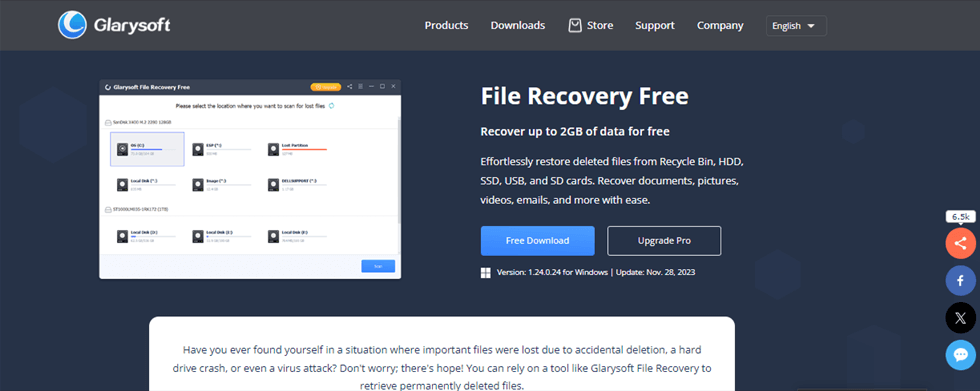
Website Interface of Glarysoft File Recovery
Main features:
- Supports multiple file systems: Able to handle multiple common file systems, including NTFS, FAT, exFAT, etc.
- File preview: Allows users to view the contents or properties of files before recovery.
- Filter function: Allows users to filter based on file type, size, modification date, etc.
Recover data from undetected hard drive using Glary File Recovery:
Step 1. Download and install Glary File Recovery and follow the installation instructions to set it up on your Windows PC.
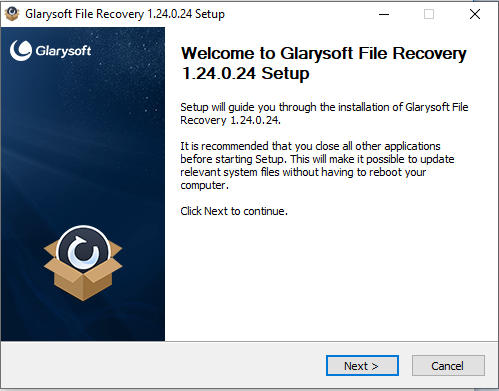
Download and Install Glarysoft File Recovery
Step 2. Launch the software and select the drive or storage device you want to scan for lost files. Click on the ‘Scan’ button to initiate the scanning process.
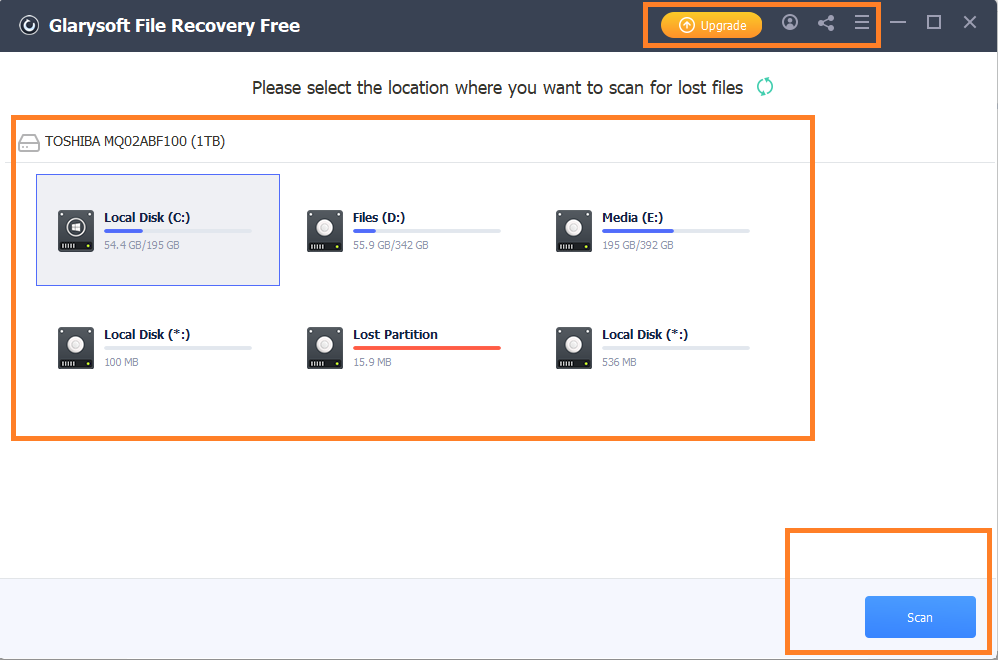
Click the Scan Button
Step 3. Once the scan is complete, browse through the list of recoverable files. Use the preview function to check the files and select the ones you wish to recover.
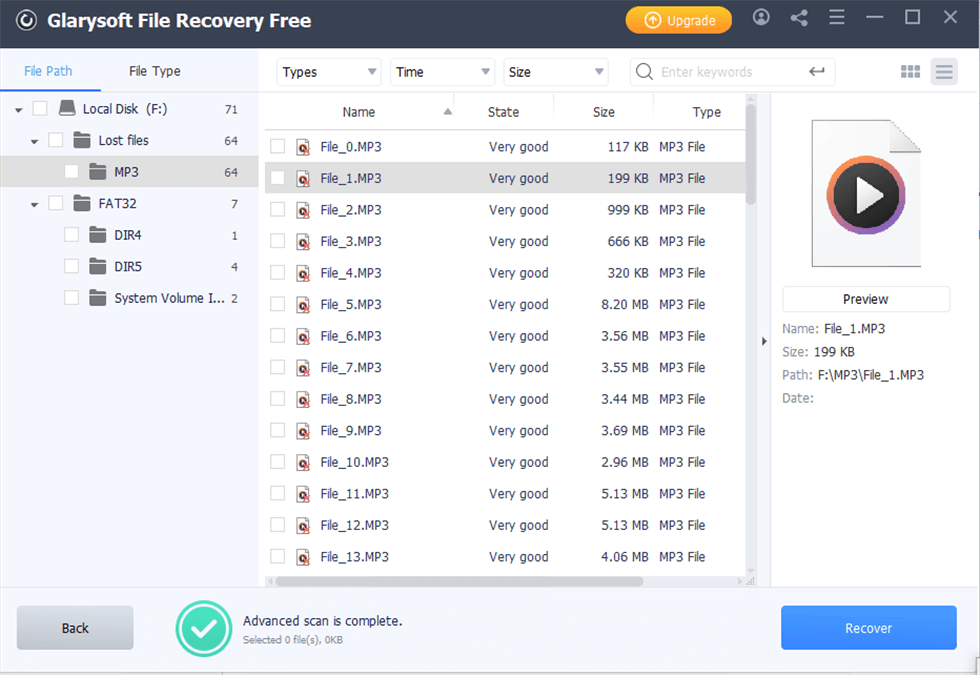
Advanced Scan Results
Step 4. Click on the ‘Recover’ button and choose a destination folder to save the recovered files.
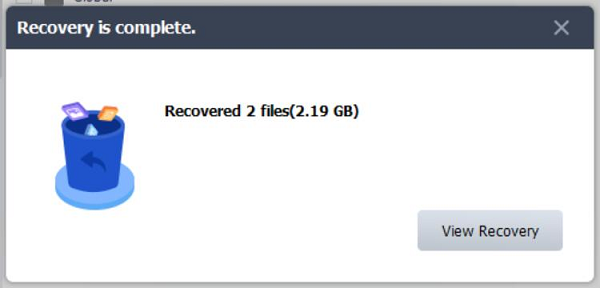
view recovered files
How to Recover Data from Hard Disk Which Is Not Detecting FAQs
1. What to do if a hard disk is not detected?
Ensure the power and data cables are properly connected. Check the BIOS/UEFI settings to see if the disk is recognized. If not, try using a different port or cable.
2. How to get files off a hard drive that won’t turn on?
Remove the hard drive and connect it to another computer using a USB adapter or external enclosure. Use data recovery software to access and retrieve the files.
3. Can you recover data from a hard drive that won’t spin?
Data recovery from a non-spinning hard drive may require professional services that can repair the drive or extract data directly from the platters.
The Bottom Line
In summary, the key to recovering data from an undetectable hard drive is to find the right method and rely on effective tools. First, rule out hardware connection issues, and then try to detect the hard drive through BIOS or operating system settings.
If these methods still can’t solve the problem, using a professional data recovery tool, such as Glary File Recovery, will be an efficient and reliable choice. This tool can help you recover important data in simple steps, avoiding the loss and trouble caused by data loss. Download Glary File Recovery now to quickly recover data and ensure the safety of your hard drive data.
Product-related questions? Contact Our Support Team to Get Quick Solution >

